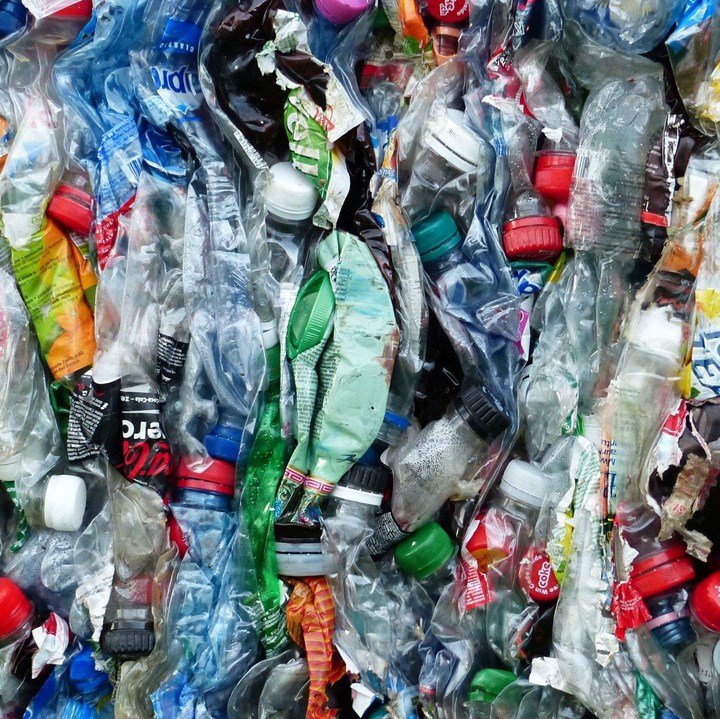
Quality Guidelines of Plastic Waste Feedstock for Pyrolysis

Photo Credit: Eunomia Research & Consulting
A new study conducted on behalf of the Alliance to End Plastic Waste (Alliance) by Eunomia Research & Consulting lays out nine requirements for feedstock that would be suitable for pyrolysis. Entitled, “Feedstock Quality Guidelines for Pyrolysis of Plastic Waste”, the study confirmed that pyrolysis operators generally required well-sorted, clean feedstock comprising about 85% PE and PP. Moisture limits of around 7% were recommended. Indicative thresholds for contaminants should also not exceed 15% in total, with additional limits on various categories.
Moreover, the study further underscored the need for robust collection and sorting systems to supply quality feedstock to both chemical and mechanical recyclers as part of a plastic circular economy.
The study involved interviews with some 32 companies and organizations from across the plastic waste value chain in Asia, North America and Europe. It.aims to provide clarity on feedstock requirements and propose model specification guidelines that can be used to enable greater alignment across the recycling value chain. This is especially as feedstock considerations will continue to evolve, and clearer standards on optimal feedstock quality will emerge as the sector matures.
Pyrolysis is the process of breaking down plastic waste at high temperatures without oxygen to produce pyrolysis oil, which can be used in the production of new plastics as a replacement for fossil feedstocks. The process can target flexible PE and PP to create market demand for these hard-to-recycle materials. This further complements mechanical recycling processes which focus on rigid plastics.
However, there are limitations as not all packaging especially multimaterial films, are suited for pyrolysis. Overcoming this will require more circular design together with a transition to multimaterial or more simple films that fulfil the requirements above. Packaging items such as plastic bags, films, sachets, and wrappers comprise as much as 45% of the waste generated in households. These everyday items are frequently contaminated and are difficult to collect, sort, transport, as well as recycle. Multilayered materials comprising a combination of plastics, paper or foil further add to the complexity of processing these types of packaging. While many technologies to address these issues already exist, most have yet to be widely adopted and recovery rates remain low.
Noted Eunomia Research & Consulting’s director Sarah Edwards, “Specification guidelines largely exist for mechanical recycling although final specifications are always agreed between the buyer and seller. The pyrolysis specification that resulted from the research is a guideline, and the technology providers and operators we consulted had slightly different requirements. As the review was focused on pyrolysis, it is important to note that there are other advanced recycling technologies. As policy helps drive up recycling rate targets, understanding the specification of plastics that can be managed through other advanced recycling will be critical for sorters as well as mechanical recyclers.”
Said Martyn Tickner, chief advisor of the Alliance’s technical solutions center, “Improving our knowledge of feedstock requirements for pyrolysis can help progress the industry’s understanding of how chemical recycling and mechanical recycling can work alongside each other. Stakeholder groups ranging from packaging manufacturers to government agencies are interested in the potential of chemical recycling to add a new dimension to plastic waste recycling, with the expectation that the technologies will complement increasingly advanced mechanical recycling. We hope this white paper serves as a starting point for discussions between pyrolysis operators and material suppliers on the types of recycling systems and feedstock that need to be developed.”
Read: Novel Catalyst for Converting Carbon from Hard-to-Abate Sectors
Here’s the link to the study.
RELATED CONTENT
-
Compounding PLA on Twin-Screws: What Testing Reveals
Twin-screw extrusion is the preferred method for compounding PLA and other biopolymers. But processing PLA is complicated because it’s sensitive to heat and shear. It’s also prone to hydrolytic degradation if moisture is present in molten PLA. Here’s what one machine builder’s trials revealed.
-
Natural Fibers: The New Fashion In Automotive Plastics
Lightweight, strong, and low-cost, natural fibers are poised to replace glass and mineral fillers in numerous interior parts.
-
Processing Biopolymers for Rigid Sheet & Thermoforming
Newly available cast sheet and thermoforming grades of Mirel biobased polymers open up a new range of applications in containers and other formed parts where renewable content and biodegradability are desired.

Leave a Reply